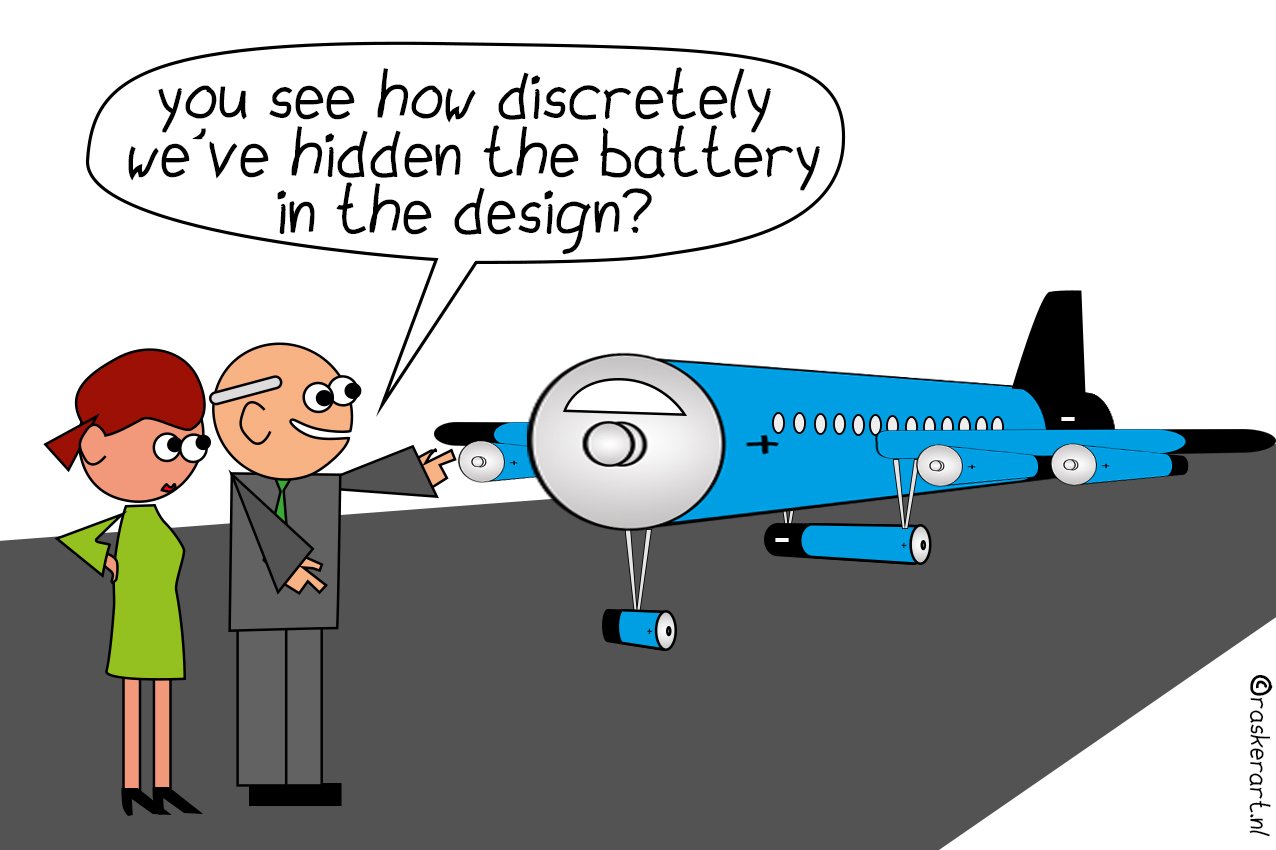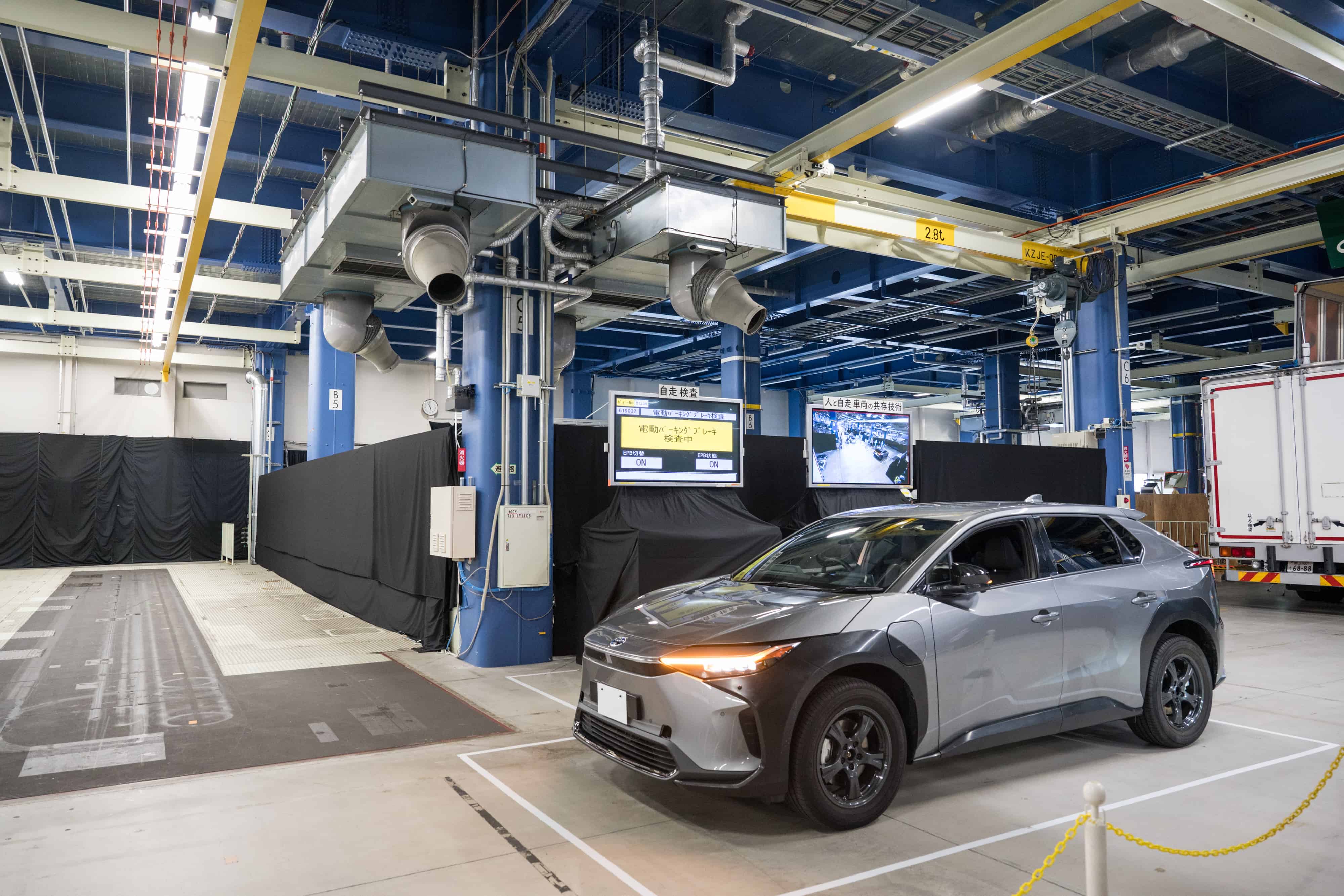
Sweden’s Chalmers University made headlines last week with a breakthrough with their development of the ‘structural battery.’ This heralds a potential future for lightweight electronics, but also allows cars and airplanes, for example, to be made significantly lighter ( the university says by half). “Anything that uses a battery is bound to benefit from this,” says Leif Asp, professor in the Faculty of Materials and Computational Science and head of the research project.
What is meant exactly by a ‘structural battery’?
“It is a battery where the energy is stored in the structure of the design itself, like in the wings of an airplane or in the casing of your laptop. The battery of a phone or car is normally extra ballast. A structural battery like the one we have now developed enables you to save on weight and volume.”

“The idea for a battery like this has been around since 2004. Back in 2007, the US Army Research Laboratory made a first attempt to build a structural battery, but that attempt failed. To date, structural battery designs have had either good electrical, or good mechanical properties. Never before has it been possible to combine both of those two properties.”
“Carbon fibers are one of the keys to the design. The material made from them is both light and strong, but also has the built-in ability to store energy and conduct electricity. For instance, about half of the Dreamliner planes are made of these fibers. If they function as batteries at the same time, that, of course, makes a huge difference in terms of weight, but also in terms of raw materials.”
What is the advantage over a normal battery?
“Current batteries add weight without contributing to the performance of the design. For example, the battery of the Tesla Model S accounts for a quarter of the weight of the entire car. If we want more efficient electric modes of transportation and we also want to fly electric in the future, energy storage must be increased while keeping the overall weight the same or reducing it. That’s why structural batteries are also called ‘massless energy storage‘. The battery is a building material and battery in one.”
Hasn’t Tesla already done something similar?
“What Tesla is working on is slightly different. They construct a floor in which their own (mono-functional or one-sided) batteries are enclosed. We are making a material that is both robust and functions as a battery (and is therefore versatile, i.e., multifunctional). Incidentally, we are not involved in their project.”
What will be the next step in the development of the structural battery?
“The battery we have now built is still only a test model. We have received a substantial amount of funding from the Swedish National Space Agency Rymdstyrelsen for the optimization of the design. For one thing, we can reduce the thickness of the carbon fibers and the separators, thus reducing the mass and increasing the energy density. We want to replace aluminum with carbon. We expect that through these developments, we will be able to build a battery that achieves upwards of 75 or even 100 watt-hours per kilogram.”
When can we expect the first phone or car with a structural battery?
“There is no answer to that question yet. We first need to get commercial partners from the industry on board with us. There is a lot of interest, but it is also an investment that poses a substantial risk. If we can get an external party on board, we should be able to produce portable electronics with a structural battery within five years. As for means of transportation, maybe within ten years.”
“We did have a partnership with Airbus. But due to the pandemic, the aviation sector is in crisis. So, these kinds of activities are at a standstill,” he adds.
“Still, I firmly believe that in time, everyone will be walking around with this technology. Lots of research groups working on the development of structural batteries. At the moment we are in the lead, but there are research teams from Delft to Singapore.”
How sustainable is it really, a battery made of carbon?
“Of course, the sustainability of the final product depends on how you make the carbon fibers. That process requires a lot of electricity, of course. At the moment, carbon fibers are mainly being produced by Japanese companies. Those mostly run on fossil fuels. But if those carbon fibers were to be made with green energy, e.g. with hydropower, then it would hardly have any impact on the climate.”
“The demand for carbon fibers is growing dramatically. It is expected that the number of factories producing the plastic will have to be doubled to meet the demand. The key is to invest in regions like northern Scandinavia, where there is access to clean electricity.”
Read more stories on battery innovation here.








